Blog Archives
It’s time to go back to school – and back to basics with driver safety!
Across the UK this week, thousands of children are heading back to school – but when it comes to the school run, how can you ensure you’re being a safe motorist? Trust My Garage has put together some top tips for keeping yourself and others secure in the car and around other road users! Read on for more.
- Be extra observant
As a driver, if you’re near a school you’ll need to keep a watchful eye for children walking and cycling, as they might be distracted and excited.
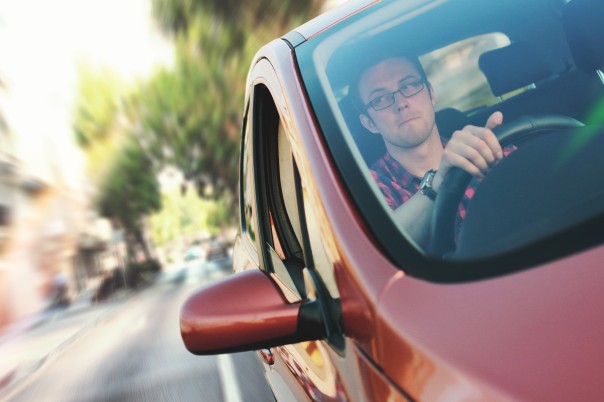
- Choose a safe place to drop your child off
It can be tough to park near to the school, but you can aim for somewhere you won’t cause congestion and danger to those walking or cycling to school. If there are zig-zag markings on the ground outside the school, motorists are banned from parking, waiting or stopping there during school hours.
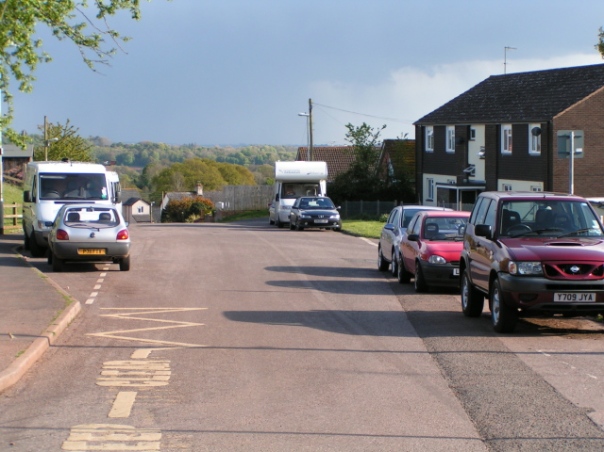
- Reduce your speed
This can be a hugely important to safety where you see lots of children – especially near to schools. If you are driving at 30mph and a child runs out your stopping distance will be at least 23 metres, so keep your speeds low and your eyes peeled for hazards! Some school areas also operate a variable 20mph limit during drop-off and collection times, which is highlighted with a flashing amber light and sign indicating the lower speed limit is being enforced.
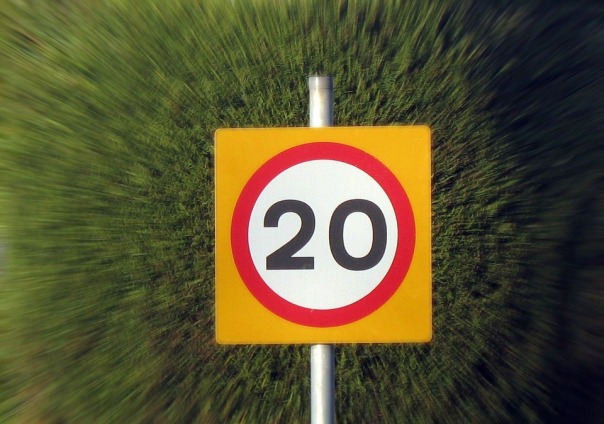
- Plan for additional traffic on the roads
The school year comes with a substantial increase in morning and evening traffic, so drivers should allow an extra 10 or 15 minutes for their morning commute – it’s better to be early than to rush and speed when travelling to and from work.

- Look out for the lollipop!
When you see a Lollipop helper start to cross the road (usually with a brightly coloured vest and sign) come to a complete stop to allow children to cross safely. Proceed with caution once the helper has returned to the path and has lowered their sign.

- Dont use your mobile phone whilst driving
Making or receiving a call, even using a ‘hands free’ phone, can distract your attention from driving and could lead to an accident – and using a device while driving is illegal and will result in a 6-point penalty and £200 fine. If you need to make a call, pull over in a safe space, turn off your engine and remove the key from the ignition. In 2017, 14% of drivers still said it was acceptable to take a call while driving (source) but it can lead to serious injury to drivers and pedestrians.
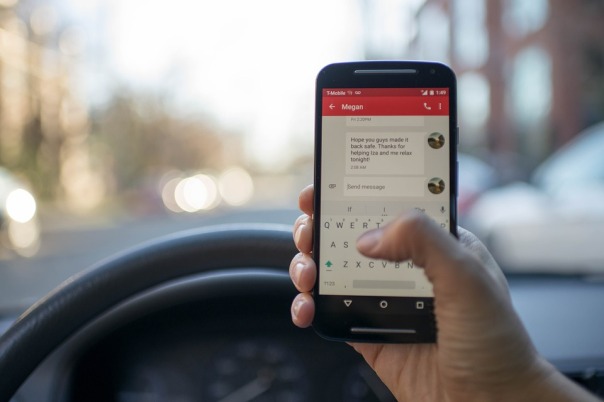
- Be aware of buses
Buses near schools are frequent and often filled with children of all ages going to and from school. If you’re driving anywhere near a bus be on the lookout for children stepping out unexpectedly, as well as the vehicle itself moving into and out of the road at bus stops.
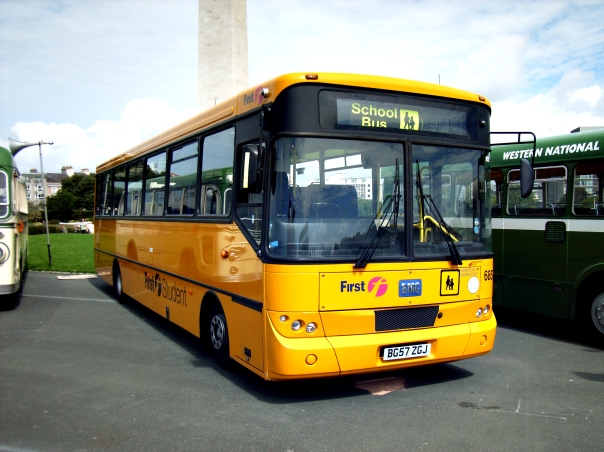
If you’re looking to get your vehicle checked out ready for your school run and commute you can visit your nearest Trust My Garage member! All TMG garages operate to a Chartered Trading Standards Institute (CTSI) approved Code of Conduct, meaning you and your motor are set to get the best possible service.
For more information and to find your nearest garage, visit www.TrustMyGarage.co.uk or check out the TMG Facebook and Twitter pages.
Got any other ideas on staying safe in the car? Be sure to leave your suggestions in the comments!

Is your car ready for the school run test?
If you are a parent with a child under the age of 16, you may be feeling a little stressed right now. This time of year is difficult and expensive for parents preparing their children for the start of the new school term. There’s such a lot to think about; uniforms, equipment, textbooks, bags, new shoes – and that’s just for starters. The last thing you are going to need is for your car to breakdown on you during the infamous school run!
About one in five cars is driving a child or children to school in rush hour traffic and with the five million primary school children in the UK living on average of one and a half miles from their place of learning, it means there are a lot of cars on the road doing short journeys, five days a week. These driving conditions can cause much more wear and tear on your vehicle than you would imagine and no busy parent wants the stress or expense of a breakdown at this time of year.
Being aware of what causes damage to a vehicle can help reduce the risk of a breakdown or failure during the school run. Here are our top tips to shield you from unexpected repair costs as the kids go back to school.
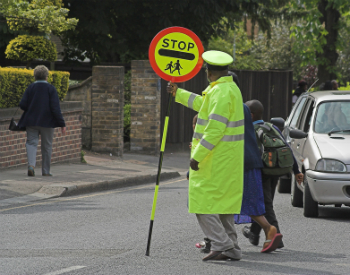 Make sure your engine is properly lubricated.
Make sure your engine is properly lubricated.
Most school runs are quite short journeys, which means that the engine on your vehicle does not have enough time to warm up properly. Engine oil has to reach its full operating temperature in order to lubricate properly This is more likely to be achieved over faster, longer journeys.
What’s the solution?
Let your car ‘idle’ for a few minutes before you begin your journey and this will help your engine warm up ahead of your drive. It will also help to warm, your car up once the cold nights start to draw in. Remember though, don’t go back inside your house while your car warms up – it only takes a few seconds for a thief to take advantage of an empty vehicle.
Concentrate on reading the road.
Hurried braking causes greater wear on the brake pads, which will lead to more frequent trips to the garage.
What’s the solution?
Rather than stopping and starting in traffic, slow down and concentrate on reading the road. By driving more slowly and anticipating when you need to stop, especially around the school environment where young people are likely to be crossing the road, you will apply less pressure to your brakes and gears. This will also help you to save fuel.
Keep an eye on your engine warning and DPF lights
If you drive a diesel vehicle, your are more likely to find your vehicle suffering from engine management problems if you frequently go on short journeys in your car. This is because of the diesel particulate filter (DPF).
The DPF, which traps larger soot particles within the filter and allows smaller particles and gases to escape, can only operate efficiently once your vehicle is driven at 45mph for more than five minutes.
Stop/start driving and motoring at slow speeds means that the soot accumulates and the DPF cannot create sufficient heat to regenerate. Once the soot concentration reaches about 75%, it will need to be looked at by a professional to be regenerated. Don’t ignore the engine warning light if your diesel car is used mainly for short journeys!
What’s the solution?
Make sure you get your car to the nearest Trusted garage if your engine warning or DPF lights start flashing on your dashboard. This is an indication that there is something that needs attention and if ignored, could incur costly repair expenses. In fact, any warning light illuminated on your dashboard is a signal that your vehicle needs some expert attention. If it’s orange you need to contact your local Trust My Garage member as soon as possible – if it’s red, stop the car and call them IMMEDIATELY
You can find your nearest Trust My Garage member by entering your postcode on the Trust My Garage website, here.
Independent garages have access to the same technical information and training as main dealers and are fully equipped to service any type of vehicle to the highest standard, providing you with outstanding value for money.
